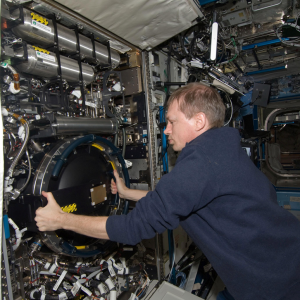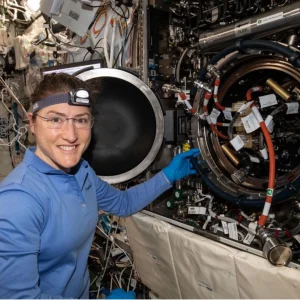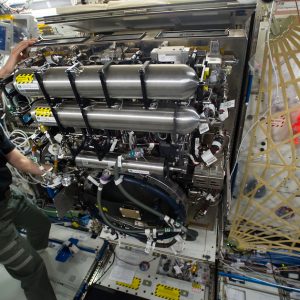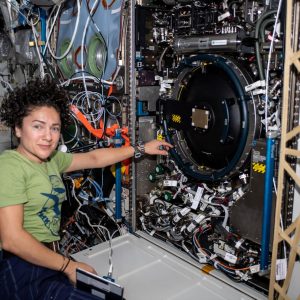Combustion Integrated Rack (CIR)
The Combustion Integrated Rack (CIR), located in the U.S. Laboratory Module (Destiny), enables investigators to perform combustion research to understand the fundamentals of the combustion process, understand fire safety, and methods for suppression of fires in space. The CIR’s main feature is a 100-liter combustion chamber to provide the necessary safety features necessary for the various combustion investigations and is the only rack on ISS dedicated to combustion experimentation. Developed by NASA’s Glenn Research Center, the CIR was launched to the International Space Station (ISS) in November 2008 by the Space Shuttle (STS-126).

The CIR provides up to 90% of the required hardware to perform a majority of future microgravity combustion experiments on board the ISS. The remaining 10% of the hardware (fuel, igniters, etc.) is provided by the specific investigation teams. A significant amount of diagnostic hardware is designed for many of the planned experiments. The CIR accommodates experiments that address critical needs in the areas of spacecraft fire safety (i.e., fire prevention, detection and suppression), fundamental understanding of the combustion process, flame spread, soot production, material selection, power generation, and incineration of solid wastes.




